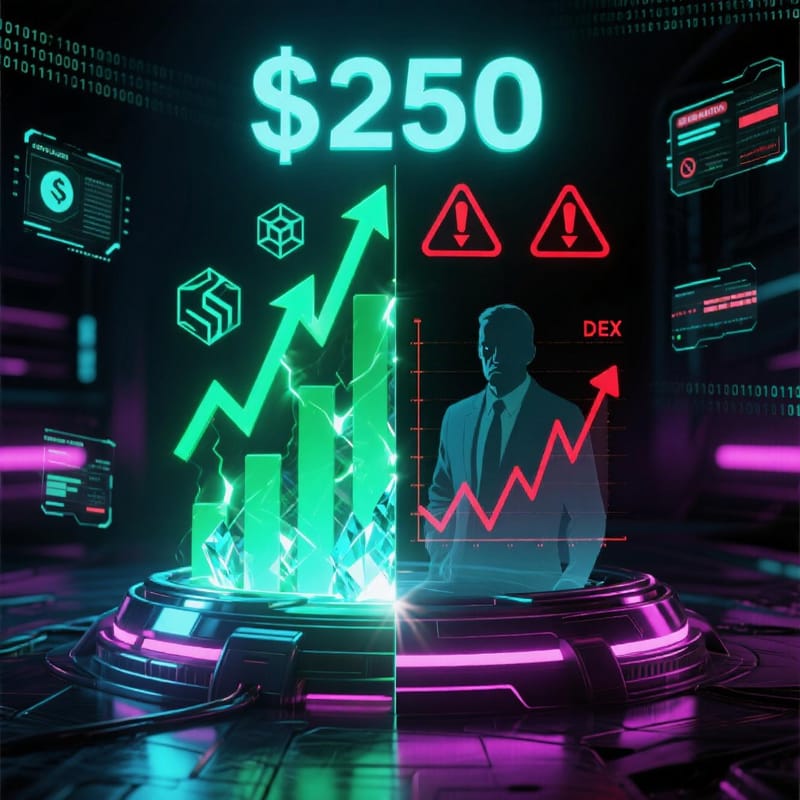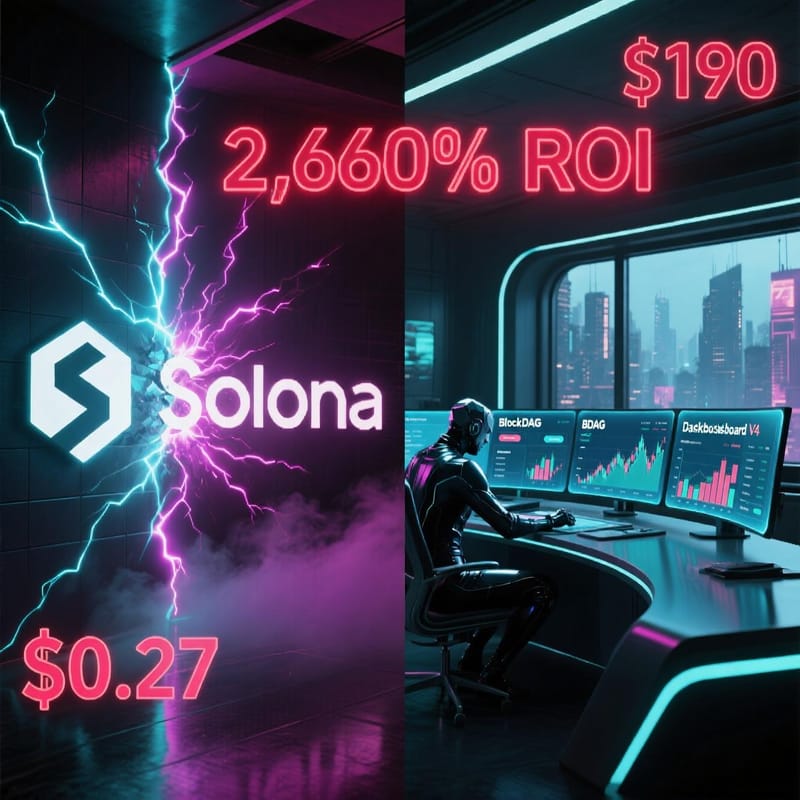Solana Breaks Into Hong Kong’s Regulated Spotlight
OSL’s SFC-approved platform opens retail gates for SOL trading — a signal of maturing crypto markets and expanding institutional embrace.
A Green Light for High-Performance Blockchains
In a move that blends regulatory rigor with technological ambition, OSL Digital Securities has flipped the switch on Solana trading for retail investors in Hong Kong — a first for the high-speed, low-cost blockchain known for outpacing Ethereum during peak congestion. Backed by formal approval from the city’s Securities and Futures Commission (SFC), the integration of SOL signifies more than just a new trading pair; it’s a vote of confidence in next-generation blockchains that deliver scalability without sacrificing decentralization.
For months, Hong Kong has positioned itself as a beacon of regulated innovation in the crypto space, and OSL — as one of its few licensed platforms — is leading the charge. Until now, only Bitcoin (BTC) and Ethereum (ETH) were available to retail clients under strict SFC guidelines. Solana’s inclusion breaks that duopoly, opening the door for other high-performance networks to follow.
Fiat On-Ramps Meet Speedy Chains
Retail investors can now trade Solana against both USD and Hong Kong dollar (HKD) pairs via OSL’s Flash Trade interface — a user-friendly gateway that simplifies entry for everyday users. Deposits and withdrawals of SOL are already active, ensuring full custody and seamless movement of assets within a compliant framework.
This isn’t just about convenience. It’s about legitimacy. By offering insured custody, audit trails, and anti-money laundering (AML) safeguards, OSL is bridging the gap between DeFi’s wild innovation and traditional finance’s demand for accountability. For Solana, which has historically drawn praise for its performance but scrutiny over past network outages, this kind of institutional-grade backing could bolster trust among risk-averse investors.
The launch also sets the stage for Pro Trade access later this month, giving advanced traders deeper liquidity and tighter spreads — a hint that institutional interest may soon follow retail adoption.
Why Solana? And What Comes Next?
Solana’s selection isn’t random. With sub-second transaction finality and fees under a penny, it’s become a magnet for real-world applications — from payments and gaming to tokenized assets. Its resurgence in 2024, fueled by ecosystem growth and improved network resilience, made it a natural candidate for regulated expansion.
But the implications stretch beyond one blockchain. If Solana clears this compliance hurdle, others like Avalanche, Polkadot, or even emerging Layer 1s could petition for inclusion. Hong Kong’s regulatory sandbox is quietly becoming a blueprint for how global markets might onboard digital assets — not all at once, but by tiers of maturity, transparency, and utility.
Hugh Madden, CEO of OSL Group, emphasized that investor protection remains central: “This approval aligns with the same standards retail clients expect — secure custody, full transparency, and regulatory oversight.” In a market where trust is currency, those promises matter more than ever.
Liquidity, Legitimacy, and the Road Ahead
Early data suggests increased on-chain activity from Hong Kong-based wallets, with SOL deposits rising on OSL’s platform within days of launch. While it’s too soon to measure volume spikes definitively, analysts are watching for shifts in HKD-denominated trading depth — a key indicator of local market engagement.
More importantly, this moment could redefine how Asian investors perceive altcoins. No longer relegated to speculative side bets, assets like Solana are now part of a regulated portfolio, backed by insurance, compliance, and government oversight.
As the Pro Trade rollout looms, expect deeper integration — perhaps even staking, lending, or ETF-style products down the line. For Hong Kong, this isn’t just about catching up with Wall Street. It’s about building a new kind of financial ecosystem: fast, fair, and fully accountable.





